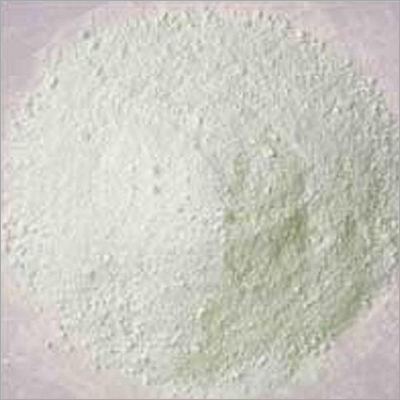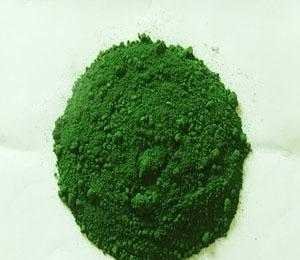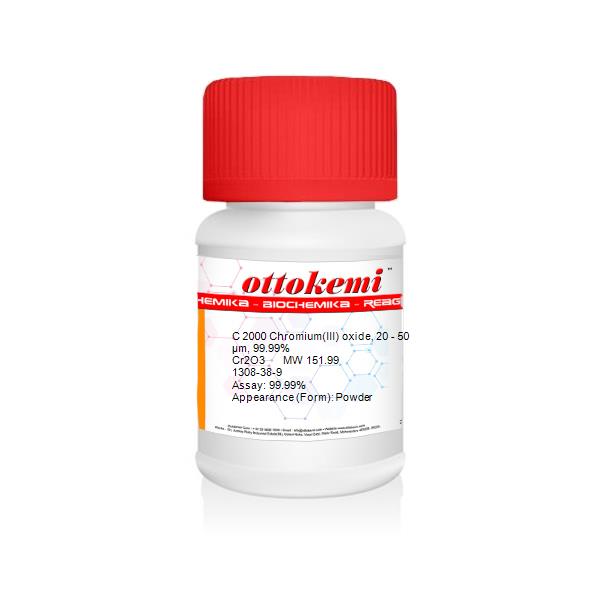


However, the color is made difficult by the strong green also present. This gives a violet-blue color in the presence of excess potassium dichromate(VI) solution. There are several such indicators - such as diphenylamine sulfonate. These change color in the presence of an oxidising agent. With potassium dichromate(VI) solution you have to use a separate indicator, known as a redox indicator. Unfortunately potassium dichromate(VI) solution turns green as you run it into the reaction, and there is no way you could possibly detect the color change when you have one drop of excess orange solution in a strongly colored green solution. As soon as you add as much as one drop too much, the solution becomes pink - and you know you have reached the end point. As you run the potassium manganate(VII) solution into the reaction, the solution becomes colorless. Potassium manganate(VII) titrations are self-indicating. The main disadvantage lies in the color change.That means that you don't get unwanted side reactions with the potassium dichromate(VI) soution. Potassium manganate(VII) oxidises chloride ions to chlorine potassium dichromate(VI) isn't quite a strong enough oxidising agent to do this. Potassium dichromate(VI) can be used in the presence of chloride ions (as long as the chloride ions aren't present in very high concentration).That isn't true of potassium manganate(VII).

That means that it can be made up to give a stable solution of accurately known concentration. In ethane, there are 24.0 g of carbon and 5.0 g of hydrogen a ratio of 4:1 by mass. In methane, there are 12.0 g of carbon for every 4.00g of hydrogen. Potassium dichromate(VI) can be used as a primary standard. Methane and Ethane are both made up of carbon and hydrogen.There are advantages and disadvantages in using potassium dichromate(VI). You will see that the chromium(III) sulfate and potassium sulfate are produced in exactly the right proportions to make the double salt. "Layer-dependent ferromagnetism in a van der Waals crystal down to the monolayer limit". "Two-Dimensional van der Waals Nanoplatelets with Robust Ferromagnetism". Zhu, Guomin Lin, Zhong De Yoreo, James J. Regan, Annie Malinowski, Paul Jiang, Qianni Kluherz, Kyle T. "Structural Properties of Chromium(III) Iodide and Some Chromium(III) Mixed Halides". Handbook of Inorganic Compounds, Second Edition. Ĭhromium triiodide was one of the first materials which was discovered to be a magnetic two-dimensional material that has great potentials for spintronics devices. Ĭhromium triiodide can also be prepared as nanoplatelets from the alkoxide Cr(OCMe tBu 2) 3. Addition of small amounts of chromous iodide accelerates the dissolving process. Like CrCl 3, the triiodide exhibits slow solubility in water owing to the kinetic inertness of Cr(III). Complete the net ionic equation for this reaction: Cr2+ (aq) + PO43 (aq) + (. Ĭhromium triiodide is stable in contact with oxygen and moisture, but at temperatures approaching 200 ☌ it reacts with oxygen and releases iodine. Consider the reaction when aqueous solutions of chromium (III) iodide and sodium phosphate are combined. To obtain high purity samples, the product is thermally decomposed at 700 ☌ to sublime out chromium(II) iodide. Chromium (II) Iodide molecular weight Molar mass of CrI2 305.80504 g/mol Convert grams Chromium (II) Iodide to moles or moles Chromium (II) Iodide to grams Molecular weight calculation: 51.9961 + 126.904472 Percent composition by element Element: Chromium Symbol: Cr Atomic Mass: 51.9961 of Atoms: 1 Mass Percent: 17. Preparation and properties Ĭhromium triiodide is prepared by the direct reaction of chromium metal with an excess of iodine. In this structure, chromium exhibits octahedral coordination geometry. Like the isomorphous chromium(III) chloride (CrCl 3), chromium(III) iodide exhibits a cubic-closest packing arrangement in a double-layer crystal lattice. It is a black solid that is used to prepare other chromium iodides. Chromium(III) iodide, also known as chromium triiodide, is an inorganic compound with the formula CrI 3.


 0 kommentar(er)
0 kommentar(er)
